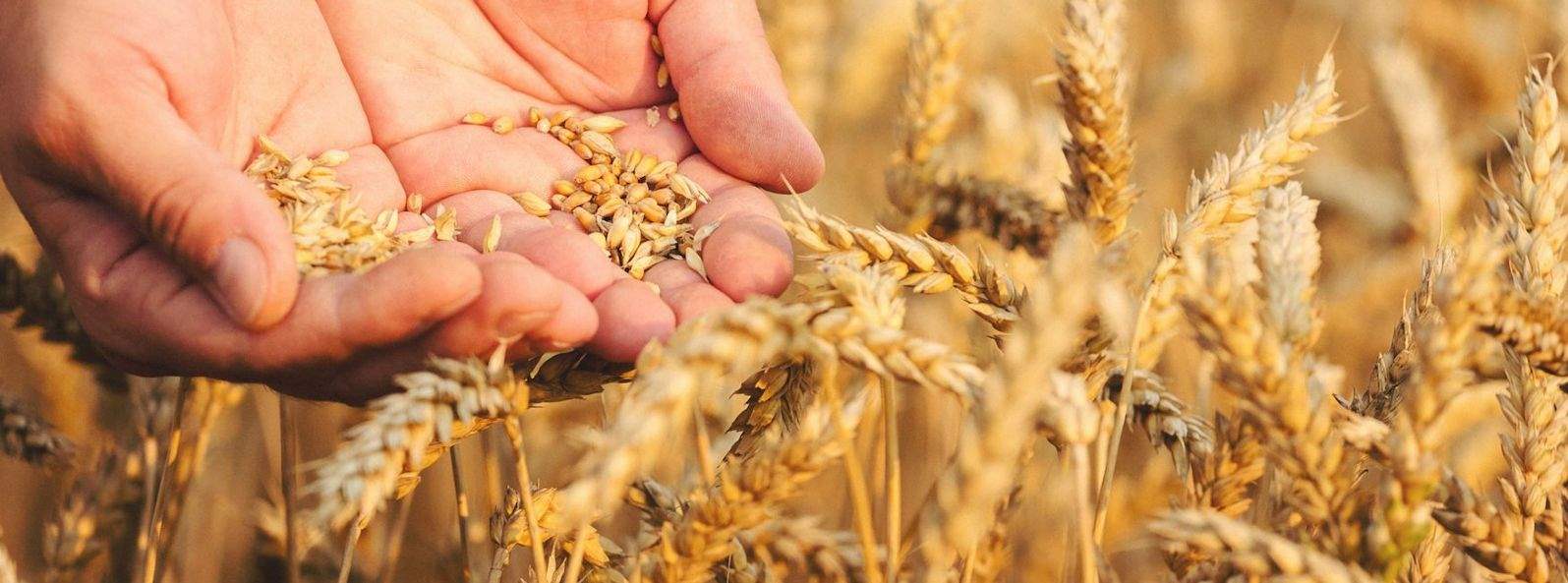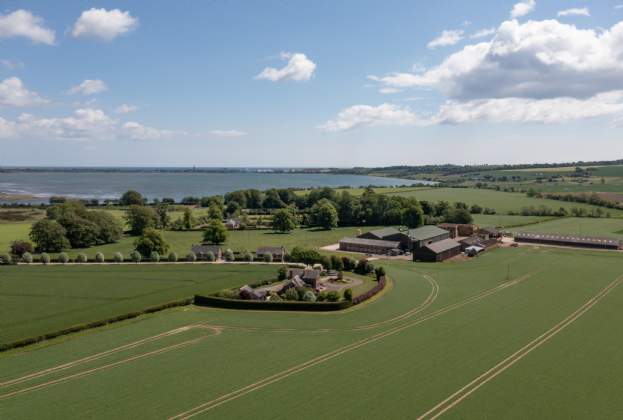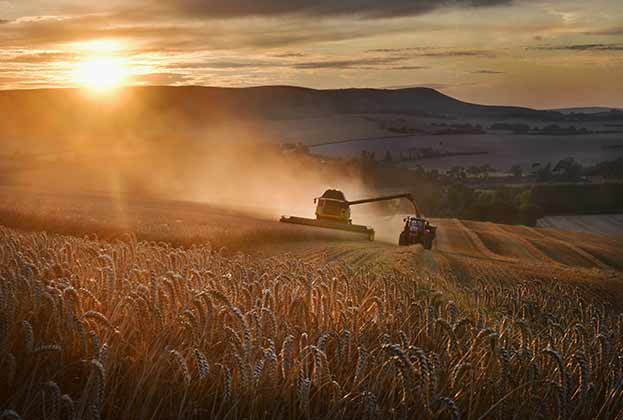The UK organic food market is now worth £2.33 billion, according to the Soil Association’s recently published Organic Market Report 2019 and last year grew in value by 5.3 per cent, the seventh consecutive year of growth.
And with 80 per cent of the UK organic livestock feed requirement currently imported there could be a big opportunity for UK cereal growers post Brexit. So how might a conventional arable farmer convert to organic production? Here are the questions to ask:
Do the numbers stack up?
In the UK, benchmark figures from the Soil Association are enticing: the average Gross Margin for organic wheat versus conventional wheat in 2016 was £784 per hectare compared with £641 per hectare respectively for non organic wheat. And in income terms, the mean income for organic cereal farms is £211 per hectare compared with a non-organic mean of £96 per hectare.
What are the primary considerations to bear in mind?
The availability of conversion grants: under stewardship schemes Natural England has historically offered financial support for producers considering converting to organic status.
The most recent round of the Countryside Stewardship Scheme has just opened offering payments of £175 per hectare for the two-year conversion period followed by a £65 per hectare organic maintenance payment for the remainder of the agreement. Typically agreements are for five years.
However, although we know the basic payment scheme will stop in 2027 we do not yet know the criteria for qualifying for future support other than payments will be geared heavily towards environmental contributions rather than production. It is worth bearing this in mind.
Also factor in the timescale as it typically takes 24 months to convert land from conventional to organic status, although there is no obligation to convert all the farm at the same time.
Who do I have to notify of my intention to convert?
You will need to apply to a certification body. The two most commonly used are Organic Farmers and Growers, and the Soil Association. Part of the application includes the creation of a detailed ‘conversion plan’, illustrating how the conversion process will be managed.
Are there any major capital expenditure requirements?
There will be a requirement for capital investment in order to acquire the appropriate machinery. Be honest and consider whether you really have the capital available to change your system. There will of course be a reduction in operating costs due to the less intensive farming process which could be used to fund this change.
Stockless arable systems are possible, but it is essential to consider how you will manage the fertility building phase of the rotation to maximise fertility and catch crops. You must assume that a third or quarter (depending on the rotation) of the farm will be planted with some form of fertility building ley at any one time.
Livestock are a useful way to manage this phase, and sheep are particularly good if temporary electric fencing can be used. If you have no livestock, it’s worth exploring whether a neighbour can help.
Further information
Contact Savills Food & Farming

.jpg)
.jpg)
.jpg)



.jpg)
.jpg)
.jpg)
.jpg)